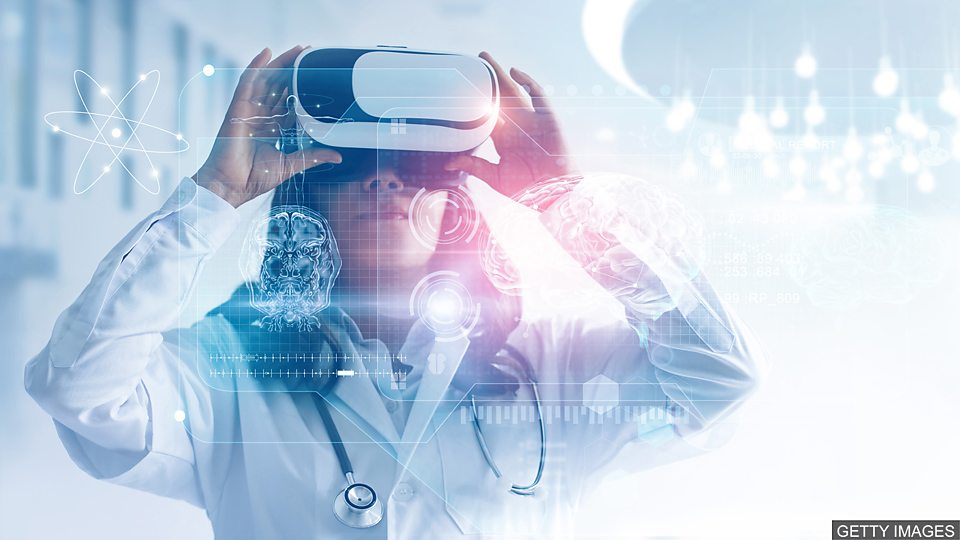医科学生们在利用全息影像学习新技能,这在世界上尚属首次。他们能够使用增强现实头盔装置治疗并与逼真的虚拟患者互动,而不用担心出错。
In what's being claimed as a world first by the people involved, medical students in Cambridge are using holograms to better prepare themselves for real-life situations.
剑桥的一些医科学生们正在利用全息影像为更好地应对现实中的场景做准备,相关人士将这一培训称为世界首例。
It's called mixed-reality training. The students wear headsets, which not only allow them to interact with each other, but with multi-layered medically accurate holographic patients. Several scenarios are available, including dealing with people suffering from asthma, anaphylaxis, and pneumonia.
这叫作混合现实培训。学生们戴着头盔装置,不仅可以相互交流,还可以与多个解剖叠层组成的、医学构造精确的全息患者互动。有几种场景可供学生选择,包括诊疗患有哮喘、过敏性反应和肺炎的病人。
The developers say their work could provide a more flexible, cost-effective way of training that would be accessible around the world.
开发人员表示,他们的研发成果可提供一种更灵活、更具成本效益的培训方式,在世界各地均可使用。
词汇表
real-life 真实生活的,现实中的
mixed-reality 混合现实的
multi-layered 包含多层的
asthma 哮喘
anaphylaxis 过敏性反应
pneumonia 肺炎
阅读理解:请在读完上文后,回答下列问题。
1. Why are the students in Cambridge using holograms?
2. What do the students have to wear to interact with the holograms?
3. True or false? There's only one scenario available at the moment.
4. What are the potential benefits of using holographic patients?
答案
1. Why are the students in Cambridge using holograms?
They are using them to train for real-life situations.
2. What do the students have to wear to interact with the holograms?
The students have to wear a headset.
3. True or false? There's only one scenario available at the moment.
False. There are several scenarios currently available.
4. What are the potential benefits of using holographic patients?
Developers say it could be a more flexible and cost-effective way of training that is accessible all over the world.


 3342次下载
点击下载
3342次下载
点击下载
 2621次下载 点击下载
2621次下载 点击下载
 4734次下载 点击下载
4734次下载 点击下载
 1854次下载 点击下载
1854次下载 点击下载
 1391次下载 点击下载
1391次下载 点击下载
 1391次下载 点击下载
1391次下载 点击下载











